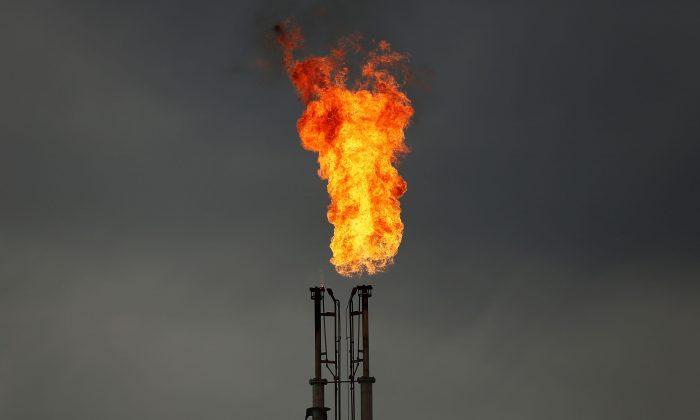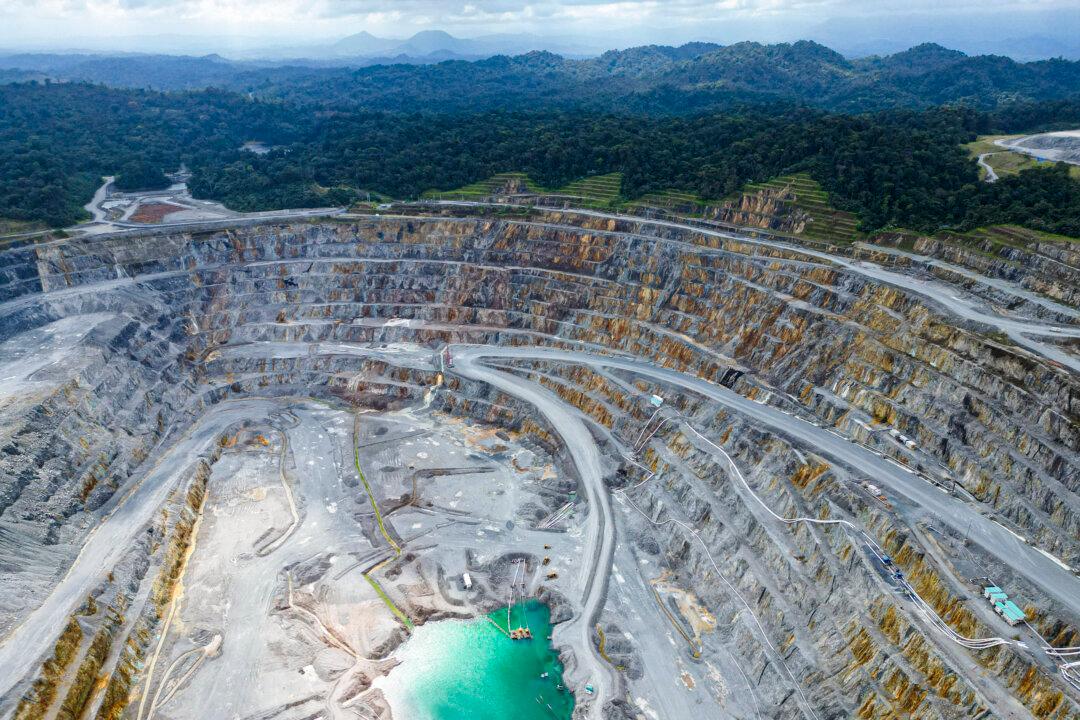The largest public utility in the United States signed a plan this week to move forward with building a natural gas plant to replace a coal-burning plant in Tennessee, a move that has drawn concern from the Environmental Protection Agency (EPA) and President Biden’s clean energy goals.
“Following a multi-year, transparent, and public process, TVA has made the decision to retire its Cumberland Fossil Plant and build a 1,450-megawatt combined-cycle natural gas facility by 2026,” the Tennessee Valley Authority (TVA) said in a news release.
The combined-cycle natural gas facility will deliver a 60-percent reduction in carbon emissions from the site and provide reliable energy service, TVA explained in the release.
The two-unit Cumberland Fossil Plant will be retired in two stages—one by the end of 2026 and the other by the end of 2028. TVA president and CEO Jeff Lyash said the move is part of their aggressive pursuit to bring sustainable, clean energy while keeping their commitment to affordable and reliable energy.
“Energy security begins with the diversification of energy sources, and TVA has one of the nation’s most diverse, cleanest energy systems, including nuclear, solar, hydro, gas, and advanced technologies,” he said in the release.
“This decision is based on a thorough environmental and public review process that ensures we meet the growing energy needs of this region.”
The Cumberland Fossil Plant is the largest generating asset in the TVA coal fleet, the agency said. The plant provides electricity to approximately 1.1 million homes. The entire TVA network powers 10 million homes across seven Southern states.
“I’m proud of the Cumberland team,” Travis Patterson, Cumberland Plant Manager, said in the TVA release.
Report Presented to EPA
TVA presented its final environmental impact statement in December to the EPA, analyzing the alternatives for replacing the Cumberland fossil plant. It compared the costs and benefits of natural gas plants and solar arrays with battery storage.In its final report, the utility noted their preferred alternative of replacing the first unit to go offline with the natural gas plant.
Lyash said replacing a retired generation of coal-plants with natural gas is the best option because it is “the only mature technology available today that can provide firm, dispatchable power by 2026, when the first Cumberland unit retires.” Lyash said dispatchable in this case means the utility can turn it off and on as the system requires the power.
“In addition, natural gas supports continued reduction of carbon emissions by enabling the integration of renewables, such as solar and battery storage, all while maintaining system reliability.”
The agency said solar was evaluated but not selected as TVA’s preference because current solar and battery technology is “energy limited” and would create challenges to meet the current demands.

“Natural gas provides the flexibility needed to reliably integrate renewables. Battery storage technology doesn’t currently provide the output duration needed to support system needs when solar is unavailable,” Jacinda Woodward, senior vice president, TVA Power Operations, said in the news release.
EPA’s Concern
According to the Associated Press, the EPA issued a detailed response to the analysis last week, writing that TVA relied on “inaccurate underlying economic information” and “may continue to underestimate the potential costs of the combined cycle gas plant and overstate the cost of solar and storage.”“TVA used a ’misleading' measure of comparison to show that solar and storage would be more expensive than gas, according to EPA,” the AP reported. “TVA also failed to account for the opportunities presented by recent federal legislation providing $375 billion over 10 years for clean energy projects. And TVA failed to consider that the cost of renewables is declining while gas prices are expected to rise, the EPA said.”
Replacing Retired Power Plants
TVA notes the agency has reduced mass carbon emissions by 57 percent since 2005 and are on a path to reduce their emissions by 80 percent by 2035.This will include adding 10,000 megawatts of solar energy by the mid 2030s, which already saw the largest request for proposals last June for 5,000 megawatts of solar generation, according to the agency.
As TVA incorporates new types of energy production into its already vast array, the agency says it is committed to supporting employees in the next step in their careers when plants like Cumberland Fossil Plant close.
Another coal plant is undergoing an environmental review to determine impacts of retirement and replacement, with reports projected to be issued by this summer. The Kingston Fossil Plant could be replaced by a number of energy sources pending the environmental reviews.





